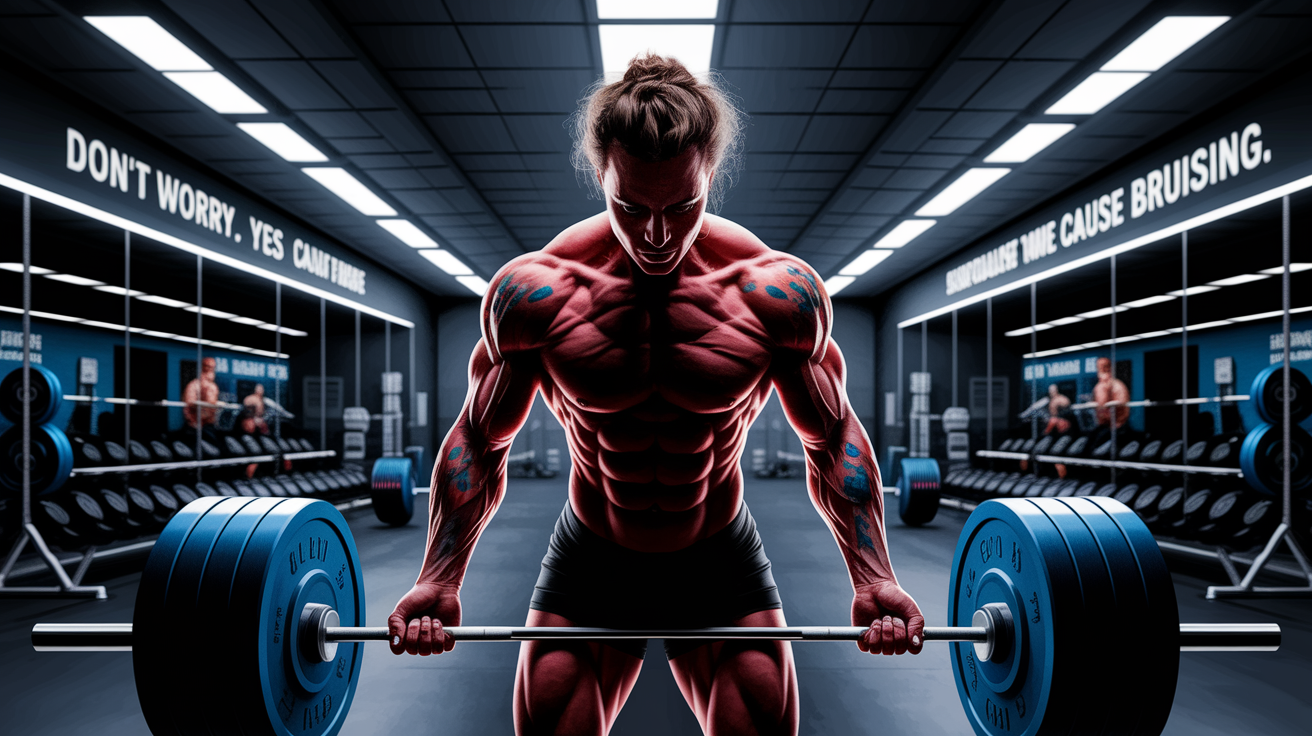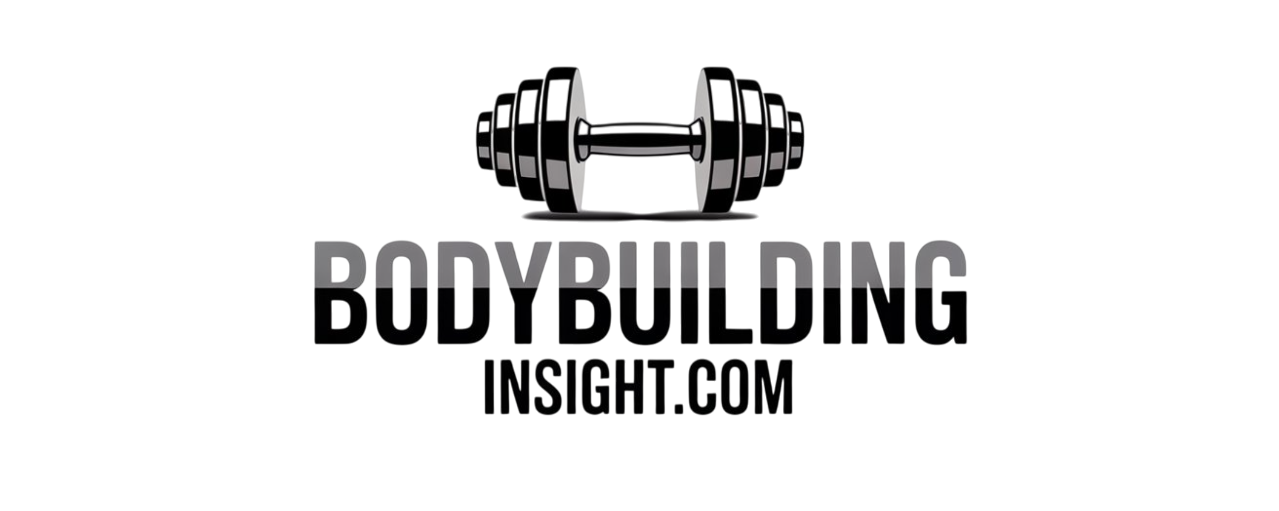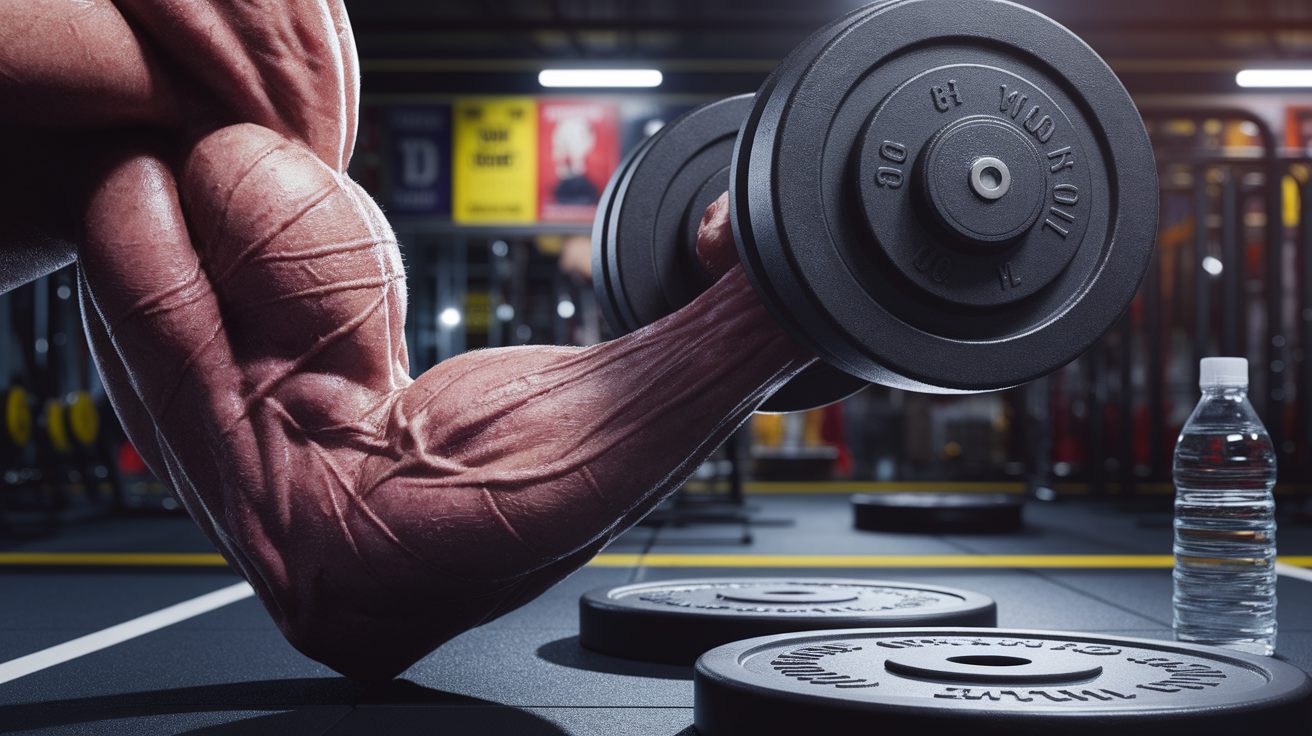Lift Without Bruises: Understanding and Managing Bruising from Weight Lifting
Don’t Worry, Yes – Weight Lifting Can Cause Bruising
Weight lifting, whether you’re pushing through heavy squats, grinding out deadlifts, or performing high-intensity resistance training, places significant mechanical stress on your muscles, connective tissue, and blood vessels. In some cases, that stress can cause visible bruising—discolorations you might notice as red, purple, or black-and-blue marks after a session. For most lifters, minor exercise-related bruising is not unusual, and it often comes down to the normal wear and tear of training. The important thing is knowing when it’s just a surface-level issue and when it’s a red flag requiring attention.
How Weight Lifting Leads to Bruising
Bruising from weight lifting happens because intense muscular contractions and heavy loads increase pressure on blood vessels. When small vessels—capillaries—rupture under strain, blood leaks into surrounding tissues, resulting in visible marks on the skin. This phenomenon, known as subcutaneous bleeding, is more common when muscles are fatigued or subjected to improper lifting technique. According to exercise physiology research on vessel trauma, excess strain without proper form accelerates micro-damage.

Bruises present differently depending on the severity of the vessel damage, as described by medical overviews of bruise formation. Tiny dots, called petechiae, signal minor capillary bleeding, while larger areas of discoloration—ecchymosis—indicate more significant rupture. During prolonged bouts of high-volume resistance training or heavy lifting, the mechanical stress multiplies the risk of both types of bruising.
Who’s More Prone: Risk Factors for Bruising
Your individual physiology and lifestyle factors can greatly influence bruising susceptibility during strength training. Some key contributors include:
- Aging: Skin becomes thinner and blood vessels more fragile over time.
- Beginner status: Lack of prior muscular conditioning can lead to greater vessel strain.
- Nutritional deficiencies: Low vitamin C, vitamin K, or iron weaken vessel walls and impair clotting.
- Medications: Blood thinners and certain prescription drugs increase bleeding risk.
- Medical conditions: Hemophilia, leukemia, or liver disease drastically raise bruising potential.
- Excessive sun exposure: UV damage weakens vessel integrity.
For a deeper dive into how nutrition and health conditions impact bruising, review guidelines on maintaining vessel health alongside progressive training methods.
When Bruising Signals a Problem
Not all workout bruises are harmless. Sudden, severe, or painful bruising—especially accompanied by swelling, weakness, or a noticeable drop in strength—may indicate acute injury. For instance, a bicep tendon tear often shows up with localized bruising, loss of range of motion, and reduced arm stability. These are not issues to train through.
Other red flags include unexplained bruises appearing far from the site of muscular strain, bruising that worsens significantly over hours, or marks accompanied by delayed swelling. In such cases, stop training and seek medical evaluation before resuming heavy lifting.
Preventing and Treating Bruises from Lifting
The goal in strength training is adaptation, not unnecessary tissue trauma. To prevent exercise-induced bruising:
- Warm up correctly with dynamic mobility and light activation sets.
- Maintain proper lifting technique—no bouncing, jerking, or twisting under load.
- Progressively overload to allow vascular and muscular adaptation.
- Use protective gear like compression sleeves for vulnerable joints and limbs.
- Support nutrition with adequate vitamin C, vitamin K, and iron for vessel and blood health (nutritional guidelines here).
If bruising occurs, minimize further strain, apply ice for 15–20 minutes, and allow healing before the next intense session. Recovery protocols emphasize rest and avoiding reinjury. Persistent or unexplained bruises warrant a medical check to rule out underlying problems.
Wrap Up: Lift Smart to Keep Bruises at Bay
Bruising from weight lifting is a normal physiological response to the micro-trauma of intense training—but only up to a point. By applying disciplined technique, respecting recovery, and fortifying your body through smart nutrition, you can greatly reduce this unwanted side effect. Always monitor severity, and remember: strength built through evidence-based methods yields more than just power—it safeguards your longevity in the sport.







